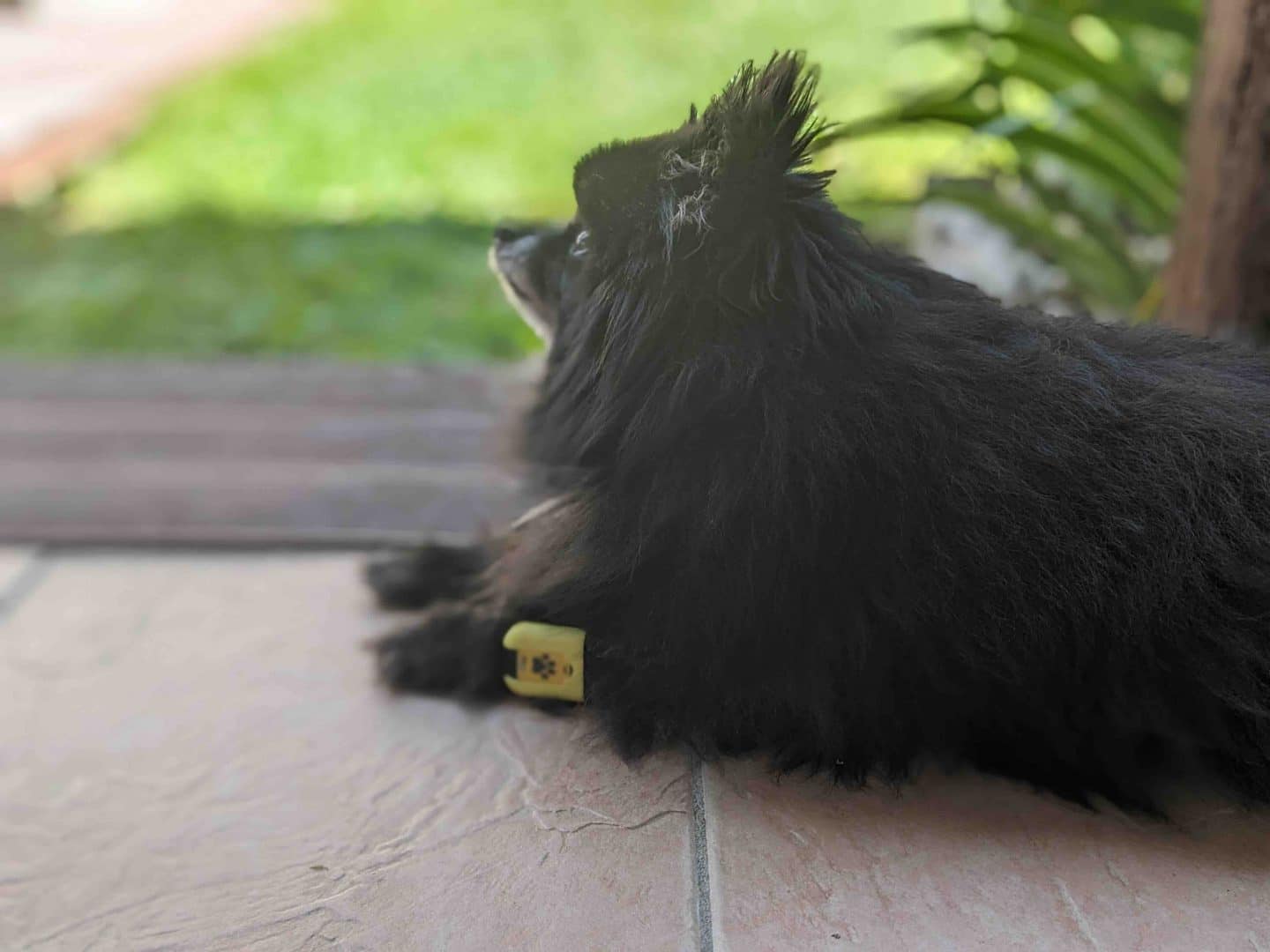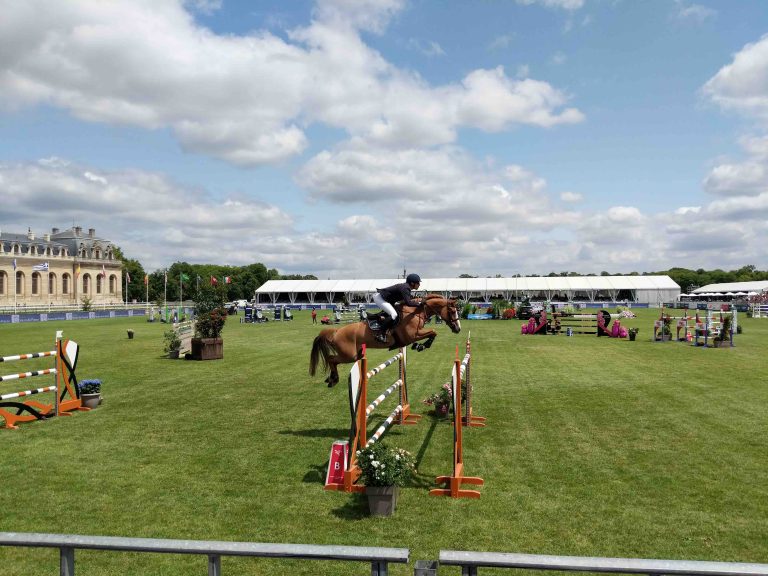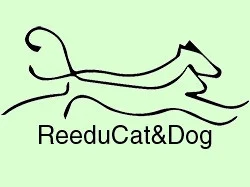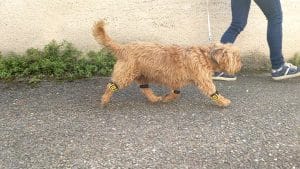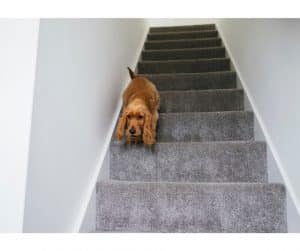We met with Dr. Hélène Fugier, a veterinarian specialized in physiotherapy and rehabilitation of companion animals.
Along with her team of three veterinary assistants, she shared her feedback on using Tendiboots™ for neuropathy cases she encounters in her practice.
The importance of early detection of neurological disorders in dogs
The very first signs of neurological disorders can sometimes be difficult to detect, as Dr. Fugier experienced with a female dog referred to her clinic for osteoarthritis follow-up. However, the veterinarian’s investigations revealed that the animal was actually suffering from a completely different issue.
After her initial evaluation (auscultation, joint range-of-motion measurements, etc.), Dr. Fugier found no typical clinical signs of osteoarthritis, which she regularly manages. The dog, who had previously suffered a stroke, was in fact showing a different clinical picture.
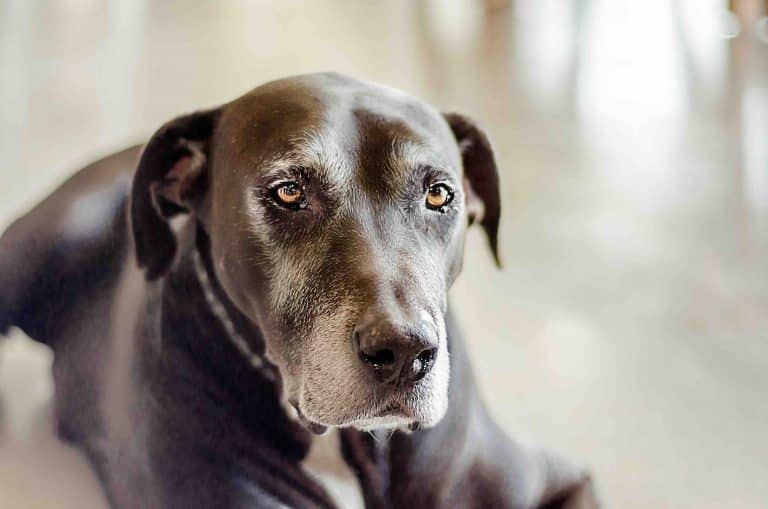
A further evaluation was then performed by Dr. Fugier to analyze the dog’s gait dynamically using the Tendiboots™ Canine system.
The results helped redirect the initial diagnosis and confirmed the veterinarian’s suspicions: the dog was actually showing ataxia.
“It is likely that this dog also suffers from spondyloarthritis, but her main problem remains ataxia,” explains Dr. Fugier.
By combining the clinical examination with objective, measurable data, it was possible to determine that this was a neurological disorder rather than an orthopedic issue.
Patterns recorded by Tendiboots™: distinguishing orthopedic from neurological disorders
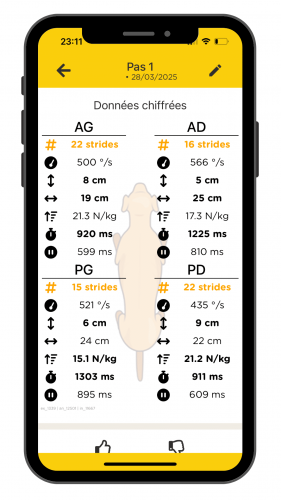
Case example presenting ataxia:
It was observed that the average stride duration for this dog ranged between 911 and 1303 ms, whereas in a healthy dog, it is around 730 ms.
The average difference in the number of strides between contralateral limbs is 0.8 in a healthy dog, compared to 6 to 7 in the dog presented here.
The values in healthy dogs were observed over more than 2,000 recordings, with a gait and weight category similar to the dog studied in this example.
Longer stride durations and stance phases:
An objective parameter frequently altered by neurological disorders is stride duration. Stance phases are generally longer in animals affected by ataxia.
“This phenomenon is even more noticeable during hydrotherapy, where delays are accentuated by the resistance of water.
On dry land, it can be less obvious to observe, making numerical data a valuable aid. For example, stride duration may be 800 ms on the forelimbs versus 1300 ms on the hindlimbs. This type of discrepancy between limbs is an additional sign suggesting a neurological disorder,” explains Dr. Hélène Fugier.
It has also been observed that the Tendiboots™ system allows objective differences in gait to be highlighted depending on the nature of the disorder. In the case of an orthopedic problem, the affected limb shows consistent reactions with each stride, such as a systematic reduction in weight-bearing. In contrast, with neurological disorders such as ataxia, the animal’s movements are unpredictable and non-repetitive from stride to stride, reflecting its constant imbalance.
The precision and reproducibility of Tendiboots™ measurements allow these variations to be detected, providing an objective tool to support distinctions between neurological and orthopedic disorders.
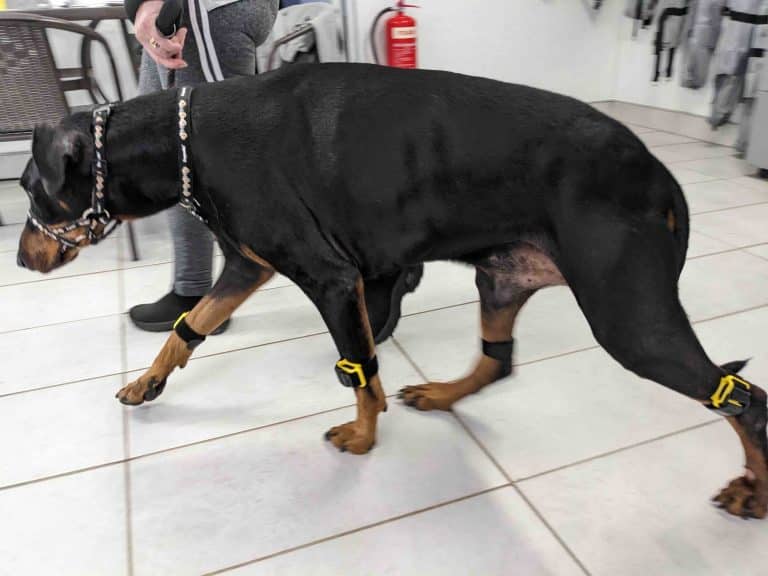
These observations are also reported by our users in equine veterinary medicine. Several studies show that stance phase duration is increased in horses presenting with neuropathies or other neurological conditions.
This was notably presented by Dr. Stefano Tassan at the 2023 Italian Equine Veterinary Congress (SIVE).
Find this case on our blog or in a video testimonial :
Stride count asymmetry between limbs:
Observed in several of our users in canine veterinary medicine, an increase in stride count discrepancies over the same duration has been reported.
For example, in a dog suffering from thoracolumbar intervertebral disc disease with neurological deficits in the hind limbs, it was observed that the hind limbs performed fewer strides than the forelimbs during a recording.
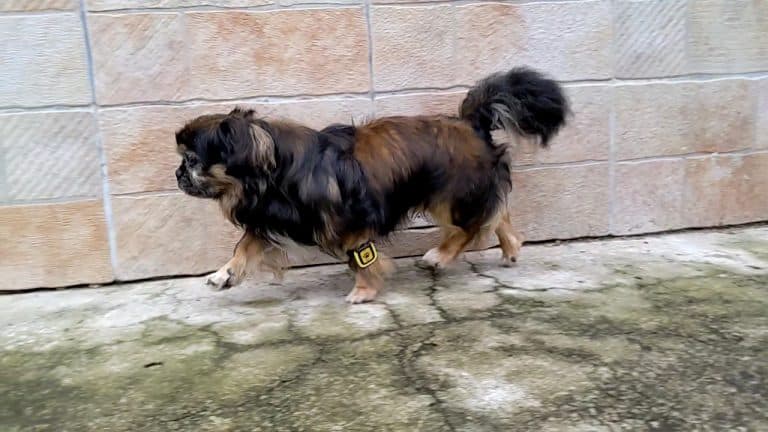
Quantitative assessment supporting qualitative evaluation
“Tendiboots™ is a great tool to objectively share the improvements observed in the dog with the owners. Some owners can see the improvements, while others cannot — in those cases, the graphical representations of the analyses are very helpful.” — Dr. Hélène Fugier
Find more information about Dr. Fugier’s Cat & Dog Rehabilitation Center directly on their website:
http://reeducation-veterinaire.fr

